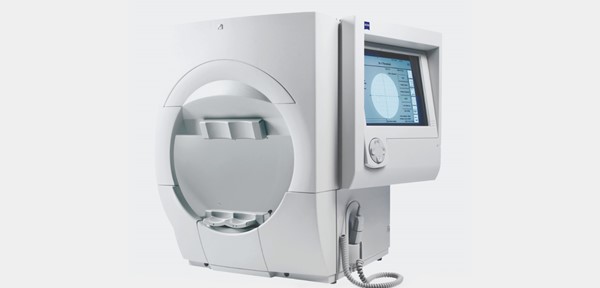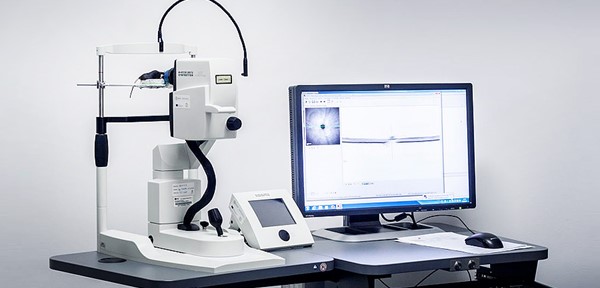Open Angle Glaucoma
Glaucoma is a range of eye conditions that eventually cause damage to the optic nerve. There are many ways to treat the conditions into groups and one of the most common distinctions is between open and closed angle glaucoma. In both groups there is damage to the field of vision and from the patient perspective this is the key problem as is the field of vision that is of importance rather than the pressure in the eye or the appearance of the optic nerve to the Ophthalmologist. The eye pressure or intraocular pressure is normally between 11mmHg and 21mmHg and raised intraocular pressure is a risk factor for most forms of glaucoma however this is not always the case and there can be damage to the optic nerve with the normal pressure.
Open angle glaucoma has all the features of damage to the optic nerve and eventually loss of field of vision. However, the pressure can be normal or high but in these patients, the angle is found on examination to be open.
The angle can be examined by gonioscopy. This is where a contact lens is placed on the surface of the eye and angles viewed directly. The angle can also be assessed using the anterior segment OCT. The angle is the recess between the cornea and the iris. A narrow angle can cause obstruction to the flow of fluid or aqueous draining out from the eye. If the angle is open, there may be some intrinsic mechanism whereby the drainage part of the angle does not allow fluid to drain out of the eye and the pressure in the eye may rise.
Open angle glaucoma is usually bilateral but often asymmetric. Often the damage to the optic nerve can be found to have an associated corresponding defect of the field of vision.
The underlying pathophysiology is not fully understood but we know the various progressive loss of the layers of the retina including retinal ganglion cells and their axons. Each initially affects the peripheral vision but often nowadays using OCT technology, these changes are detected by opticians at routine screening at a much earlier stage before there is any field of vision and this really highlights the importance of regularly seeing your optician for a thorough eye test. Most of our patients are asymptomatic and ideally, we want to make a diagnosis and start treatment as early as possible.
Any damage to the optic nerve from glaucoma is irreversible and progression can only be slowed rather than stopped or reversed.
Open angle glaucoma is more a common form of glaucoma which affects 1-2% of the population of the age of 40 with about 10% of the population over the age of 70. It is one of the most common causes for registration of severe sight impairment in the UK and around the world.
Risk factors include:
- Age - The incidence increases with age. Most presenting after the age of 65 and rarely before the age 40.
- Family history - First degree relatives with glaucoma are associated with a significant risk factor.
- Race Glaucoma - Is several times more common in Afro Caribbean people and they are also affected earlier and more severely.
- Ocular hypertension - This is major risk fact for glaucoma and is often treated without necessarily having any obvious disc or visual field abnormality to prevent the development of glaucoma.
- Other factors - Include myopia (short sightedness) and retinal disease such as central retinal vein or artery occlusion and retinal detachment.
Treatment aims to confirm the diagnosis initially by showing progression of optic nerve or visual field damage and once diagnosis has been made to set target pressure depending on the severity of the glaucoma and the presenting pressure. Usually, we aim to reduce the pressure by 25%-30%. This may vary by patient and by the ocular finsings. Ongoing monitoring of the pressure will be required and a discussion with a patient about which treatments would be most suitable.
Glaucoma Treatments



